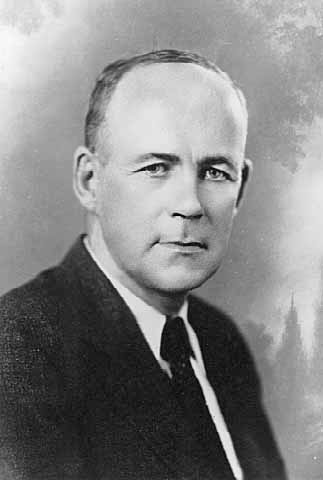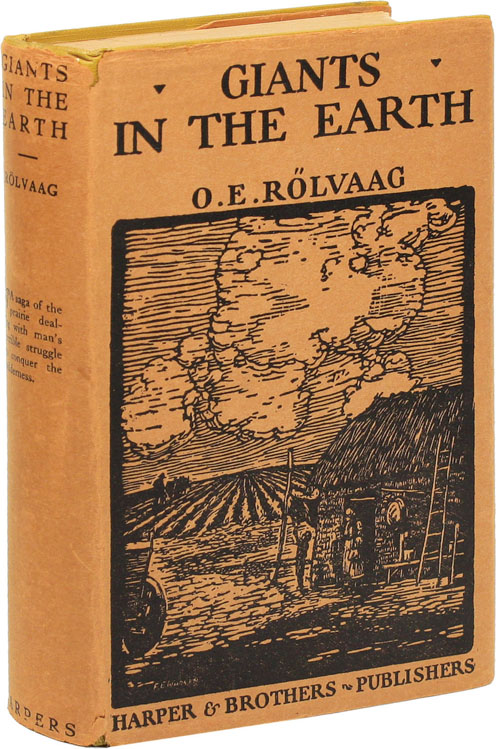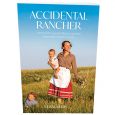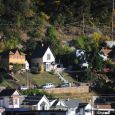The Gift of South Dakota
Subscriptions to South Dakota Magazine make great gifts!
Subscribe today — 1 year (6 issues) is just $29!
"Giants" is a South Dakota Classic
Oct 25, 2021
 |
| Ole Rolvaag's Giants in the Earth was inspired in part by the experiences of his father-in-law, a Norwegian immigrant. |
Fall always puts me in a literary mood, perhaps because the South Dakota Festival of Books is held in late September or early October. I relish the opportunity to listen to writers discuss their books and always leave inspired to work on new projects.
Last year, as we found ourselves sticking close to home due to the uncertainty of the pandemic unfolding around us, I had time to revisit some of my favorite South Dakota books. I compiled a top 10 list for our November/December 2020 issue, thinking our isolating and socially distancing readers might be searching for ways to occupy their time.
I was reminded of wonderful books like Buffalo for the Broken Heart, the story of Dan O’Brien’s transformation of his West River cattle ranch to buffalo. David Laskin’s The Children’s Blizzard brilliantly retells the tragic story of the 1888 storm that killed more than 200 people, many of them students trying to find their way home through the blinding snow.
My list was not a ranking, but if it had been I wouldn’t think twice about placing Ole Rølvaag’s Giants in the Earth at the top. A friend told me that several years ago she convinced her brother to read Giants in the Earth. “He was so mad,” she said of his reaction upon finishing.
I completely understood.
I still get a little angry when I think of the conclusion to Rølvaag’s “saga of the prairie.” I won’t spoil it, but it is heartbreaking.
Giants (1927) tells the story of four Norwegian families who establish a small community along Spring Creek in southeastern Dakota Territory in 1873. They confront hardships that threaten to destroy their livelihoods: blizzards, locusts and the loneliness that comes with leaving your homeland thousands of miles away — knowing you’ll never return — and entering a place completely deserted, where “there isn’t even a thing that one can hide behind,” in the words of Beret, one of the main characters.
 |
I was drawn to Giants because I’ve always been curious to know more about my great-grandparents’ homesteading experience. They arrived in Dakota Territory in 1882 and were among the 800,000 Norwegians who emigrated to North America between 1825 and 1925. Reading the scenes in Rølvaag’s novel conjured countless questions I wish I could ask: Did you only eat porridge? Did anyone try to jump your claim? How close were your nearest neighbors? What did it feel like to hold your first church service?
Their real-life experiences may not have strayed far from the novel. Many of the stories are based on conversations Rølvaag had with his father-in-law, Andrew Berdahl, who settled in northeastern Minnehaha County in 1873. His was one of eight families that made the journey in 11 covered wagons from Fillmore County in Minnesota to the spot along Slipup Creek about 8 miles west of Garretson.
The opening pages of Giants depict the scene as Per Hansa, Beret and their three children cross into Dakota Territory, traversing chest high prairie grass that has never seen a plow. Rølvaag describes the sound of the wind rustling through the tall and spindly stems. “Tish-ah, tish-ah.” During summer, I open the window of my home office. Across the road is a field of corn, nearly 7 feet tall. “Tish-ah” it says, as the breeze trickles through the leaves, and I think of Giants and the shared experiences of thousands of our ancestors.










Comments